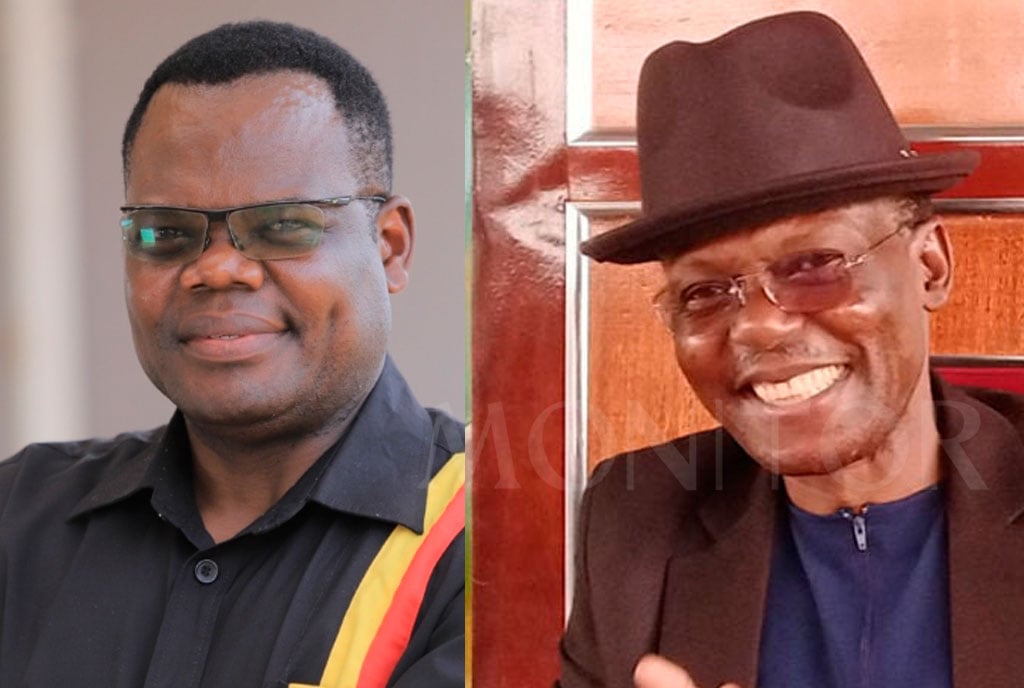Tennis elbow is is not necessarily related to tennis

If you are experiencing severe, or persistent symptoms, contact your doctor. PHOTO | SHUTTERSTOCK
What you need to know:
- If your tennis elbow is caused by a sport such as tennis or other activity that puts a repeated strain on your elbow joint, changing your technique may ease the problem.
Also called lateral epicondylitis, Tennis elbow is a painful condition of the elbow that happens when the elbow is overused.
According to Christopher Mbowa, a sports physician with the Uganda Peoples Defence Forces, it attained the name Tennis elbow because there were more cases associated with tennis players. It can, however, affect anyone who continually uses their hand.
Any activity that requires repetitive use of one’s fore arm can put one at risk. Playing tennis or other racket sports, especially the repeated use of the back hand stroke with poor training mainly causes tennis elbow.
Apart from over using the elbow, John Oduke, the National tennis coach, says when a tennis player mishits the balls, the vibrations keep piling in the elbow thus causing a complication in the elbow.
You can tell that it is tennis elbow from pain or burning on the outer part of your elbow, when you have a weak grip strength or when you feel pain in the elbow at night, sometimes.
Who gets it?
The other people that are prone to suffering from tennis elbow, according to Mbowa, are badminton players and people who play racket sports.
“This is a condition that causes pain around and outside of the elbow. Pain comes because of infection, trauma, biomechanical conditions and other ailments,” he says.
According to orthoinfo.aaos.org, many other people with tennis elbow also participate in work or recreational activities that require repetitive and vigorous use of the forearm muscle or repetitive extension of the wrist and hand.
Painters, plumbers, and carpenters are particularly prone to developing tennis elbow.
Studies have also shown that auto workers, cooks, and even butchers get tennis elbow more often than the rest of the population. It is thought that the repetition and weight lifting required in these occupations leads to injury.
What to do
Mbowa advises protecting one’s elbow to avoid any more injuries. “Rest the elbow and avoid activities that trigger the pain. Take pain relievers if the pain is too much and do ice compression (put ice in your elbow and compress it with a bandage) and always elevate the elbow, forearm, when you are in a rest position,” he says.
According to Oduke, stretching one’s arms before playing or doing any activity that requires use of the forearm would lessen the risks of having the complication.
He also advises players to use the correct size and weight of rackets when playing.
“You find one using a racket with 333g worth of weight, yet they are supposed to use 260g. The heaviness of the racket; if too heavy, can cause tension in the elbow,” he says.
He also advised the use of vibration dampeners for players’ rackets in order to reduce the amount of vibration that they feel when a tennis ball hits the strings. This controls the pressure of the impact
When worse
If it is a chronic injury, one needs to go for an x-ray and only then, the doctors can ascertain the exact problem. It could be a ligament tear.
“It does not hurt to see a doctor for any explanation. Some cases can call for surgical measures when the complication goes untreated for long, if the pain is aggravated, and if there is ligament tear or dislocation of the elbow,” Mbowa says.
Exercises
There are different exercises one can do to ease tennis elbow. The elbow, according to Mbowa, is a hinge joint that moves in one direction and must be moved within the right direction.
There are strengthening exercises one can do to build the biceps and triceps muscles.
Mbowa says push-ups and pull-ups are good exercises, although these are recommended after the pain has been managed.
“There are also cardio exercises that can help deal with elbow injury such as throwing, swinging rackets, boxing, battle ropes training, dumbbell rowing or any rowing exercise,” he adds.
According to nhs.uk, it is not always easy to avoid getting tennis elbow, especially if it was caused by something you do at work. Not putting too much stress on the muscles surrounding your elbow will help prevent the condition from getting worse.
If your tennis elbow is caused by a sport such as tennis or other activity that puts a repeated strain on your elbow joint, changing your technique may ease the problem.
Treatment options
Several treatment methods can be used at home or after consulting a physician.
● Rest: Resting the arm is important. A break in activity allows the tears in the tendon attachment to heal. Tennis players treat more serious cases with ice, anti-inflammatory drugs, soft tissue massages, stretching exercises, and ultrasound therapy.
● Physical therapy: Physical therapists commonly advise that racquet sports players strengthen their shoulder, upper arm, and abdominal muscles. This can help to reduce the wrist extensors during shoulder and arm movements.
● Ice massages and muscle stimulating techniques: These can also help the muscles to heal.
● Strapping or taping the forearm: Supporting the area can help realign the muscle fibers and relieve pressure on the area. A physician may recommend using a splint for two to three weeks to take the elbow out of action.




